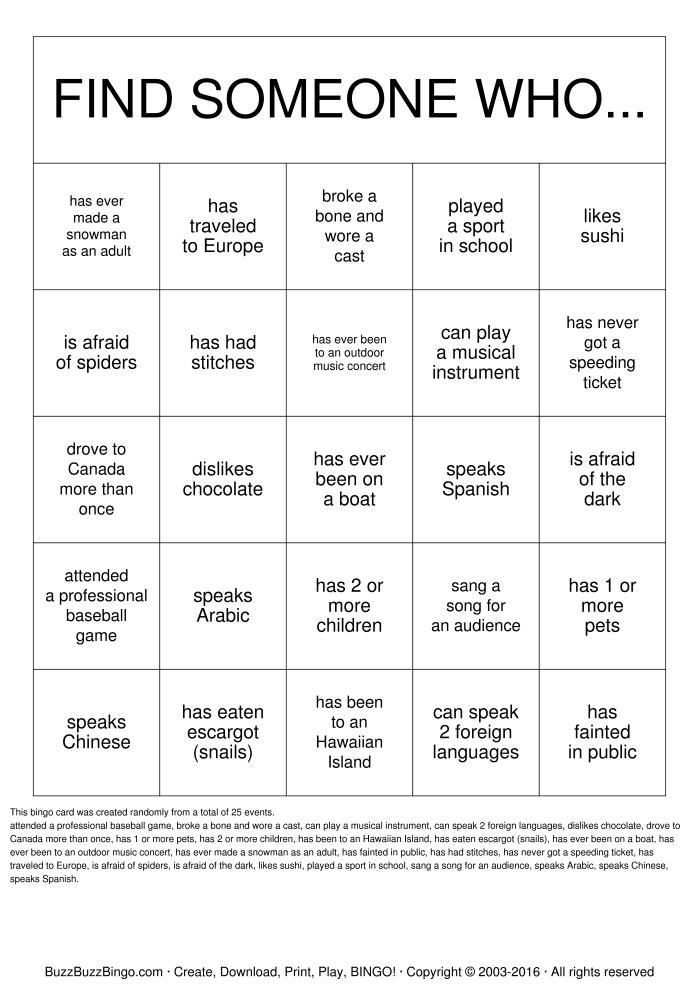How to do the alligator dance
GATOR PILE
This page is dedicated to the propagation of "The Alligator," the most riotously remembered of the Sixties' 1,000 dances. Even today I vividly recall my first sighting of a gator pile at a small college dance in Institute, WV. I knew only two other folks there, yet count it as one of the most memorable occasions over the last 60+ years.
While the Gator heyday may have been the 60's & 70's it dates to at least the 1950's. It was so totally different than any previous dance mid-century adults viewed it with concern if not alarm. American Bandstand producers banned it along with "The Dog" - the only two dances ever so honored. As late as 1966 it was judged obscene enough to get a practitioner arrested or a club shut down.
Pittsburgh Press 1966
With such reputation it's no wonder so few action images exist from the early years. One theory, advanced by some democrats, holds that George W. Bush and similarly advantaged scions brought Gatoring to the Ivy League from the South and Southwest before 1965. By the early 70's this was an established preppy tradition culminating in a National Lampoon screenplay written around the highlights of higher education. In the earliest years a hazing/punishment exercise called The Dying Cockroach or Dead Bug scuttled out of various military schools and bases. Whether born separately from the dance or one an off-shoot of the other remains clouded. Similarly, in the mid-60's some New York students knew the dance as The Turtle, but by 1978 the term Gator applied to all horizontal music moves as the Deltas forever etched into the public conscience. "Animal House" introduced the Alligator to far more folks than had fraternity basements or The Chinese Disco. An Eighties resurgence followed that included identification with some new tunes, most notably "Rock Lobster."
Post 20th century opinions of the dance have moderated, and today many wedding planners deem The Alligator preferable to some of the more modern expressions of pop culture. Of course, the reality always has been in the checkbook.
It's hard to square the old prejudices with the sheer joy experienced, witnessed and chronicled on the the following pages. To paraphrase, I may not be able to define obscenity, but I know what it is not. The fact that "The Alligator" and "fun" always are used synonymously explains why it has persevered. Stan Welch provides this explanation for the dance's enduring popularity - ... the dying cockroach (Gator) is a dance that truly levels the playing field. There is no better dance for stripping the (false) dignity from each and every dancer who performs it.
Contrary to the belief of some, it thrives today at weddings, reunions, Southern charity balls, Cactus Jack's, grade school gym classes and anywhere else the self-confident, young-at-heart, unrepentant and uninhibited gather. Other than The Twist, can one think of any other of the Thousand Dances that is performed as often and with such gusto? The simple fact is as Tom Condon wrote in a syndicated piece, "It still feels good, and frequently surprises my date. To the everlasting embarrassment of their children, folks still get down and kiss the floor doin' the best feel-good dance of that or any era. What other cultural phenomena in the last 50 years elicits the same universal good humor, smiles and recollections? With what will our children embarrass their children, "The Y.M.C.A."? Teach the grandchildren to Gator now, so they, if not their parents, can honor you in 2040.
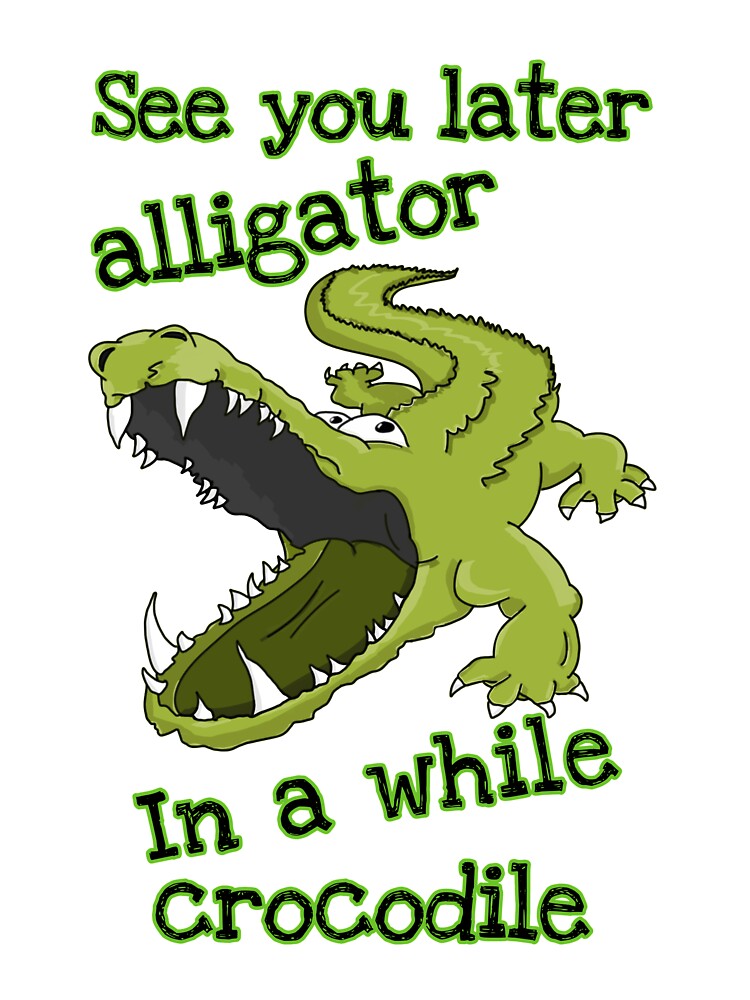 With "The Dog" reprised as "the Harlem Shake" it is explainable, but, please, not at my funeral. With "The Dog" reprised as "the Harlem Shake" it is explainable, but, please, not at my funeral.
Internet research has taught that history is no longer written by winners. Instead, we have entered the time of the techie, most of whom know nothing of things that once seemed important. It is, therefore, incumbent on us all to preserve through actions and writing that which we hold dear especially if that lies outside of current conventional concepts.
On the following pages one will find photos, videos and remembrances, old and new, of laughing folks doin' the Gator. If there are examples with frowns, they have yet to surface. And, while "Crocodile Rock" * is not in the class of "Louie, Louie", "Shout", "But It's Alright", "Rocky Top", "Takin' Care of Business" or, later, "Rock Lobster" for gettin' down, it does sum up the dance and era.
If you've a memory or photo to contribute, please feel free to contact us at [email protected]
|
Dancing Alligator - Etsy.
 de
deEtsy is no longer supporting older versions of your web browser in order to ensure that user data remains secure. Please update to the latest version.
Take full advantage of our site features by enabling JavaScript.
Find something memorable, join a community doing good.
(129 relevant results)
Dancing in the Dark | Publications
Stories
It turns out that crocodiles sing and dance when no one sees them.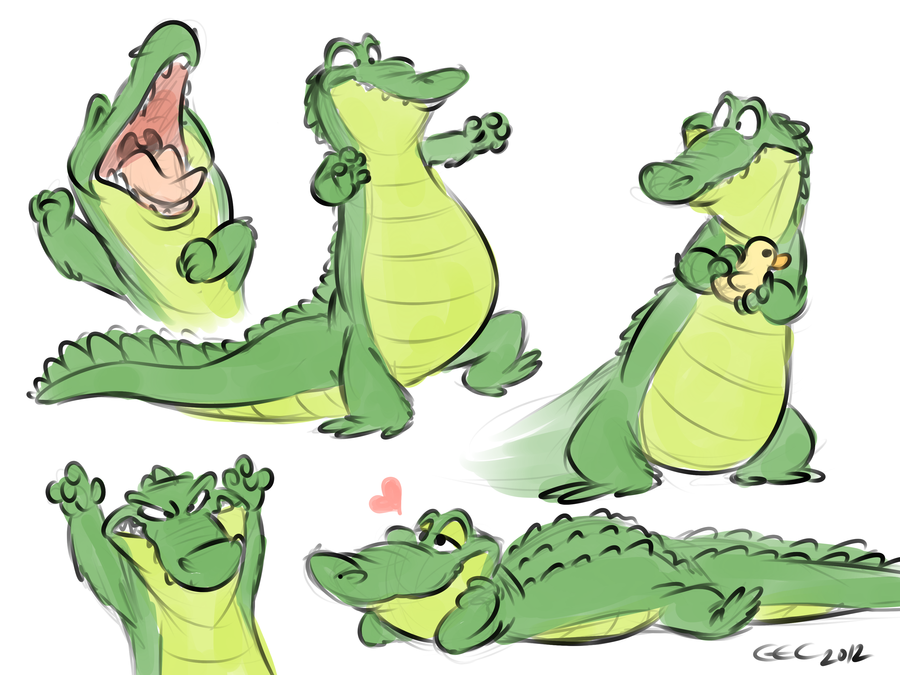 This was discovered by the zoologist and traveler Vladimir Dinets and wrote the book Songs of Dragons, which is being published. Vokrug Sveta prints excerpts from it, because nothing more interesting about crocodiles has ever been read. Without thinking twice, I went to the Everglades (National Park in Florida near Miami) - a huge grassy swamp with islands of forest, which began right outside the city. There I found a roadside lake full of alligators, parked the car near the water and waited. nine0003
This was discovered by the zoologist and traveler Vladimir Dinets and wrote the book Songs of Dragons, which is being published. Vokrug Sveta prints excerpts from it, because nothing more interesting about crocodiles has ever been read. Without thinking twice, I went to the Everglades (National Park in Florida near Miami) - a huge grassy swamp with islands of forest, which began right outside the city. There I found a roadside lake full of alligators, parked the car near the water and waited. nine0003
There were thirteen alligators, each one was longer than me. They slept on the shore, or glided slowly over the still surface of the water, which in these swamps is usually colored the color of strong tea because of the abundance of rotting vegetation. They were black, overweight and boring. Absolutely nothing happened on the lake all day. After sunset, nothing changed either, except that now I could see the red embers of the alligator eyes reflecting the light of the flashlight, and found that there were at least twice as many alligators in the lake as I counted during the day.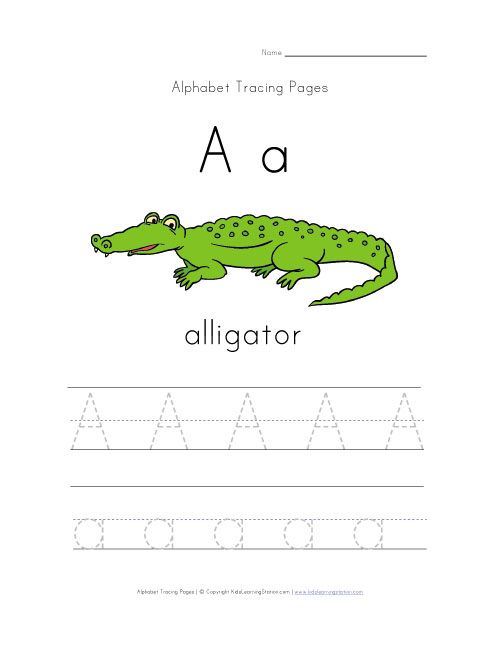 nine0011
nine0011
A crocodile can live without air for more than 15 minutes
The night was full of life. The voices of crickets, tree frogs, toads, nightjars and owls merged into a deafening chorus, which seemed to include all the inhabitants of the swamps ... except alligators. The air was hot and humid. Not as unbearably hot and humid as summer during the rainy season, but still enough to make it impossible to sleep in a car with clothes on and/or with the windows closed. I undressed, sprayed myself with repellant, opened the windows, and managed to get a few hours of sleep before the repellant evaporated and swarms of mosquitoes gleefully rushed into the car. When I woke up, I spent half an hour applying a new layer of repellent and combing the bites, after which I got out of the car to the shore. And just in time, because that's where it all started. nine0003
The lake was barely visible in the pink mist. The woods all around seemed unnaturally quiet after the cricket-and-frog night.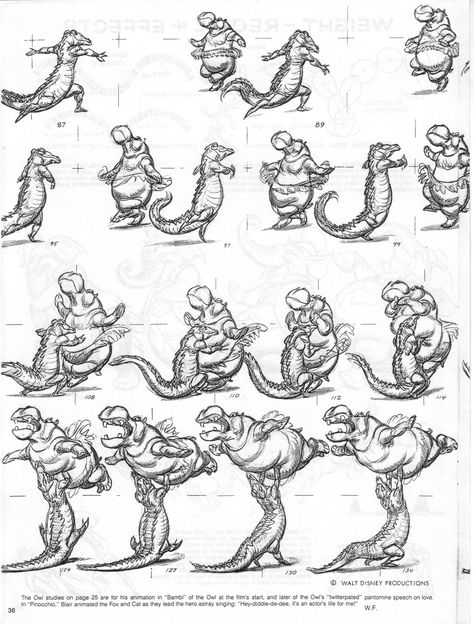 In the mother-of-pearl sky, the golden traces of aircraft intersected with delicate cirrus clouds. The sun was about to rise. All the alligators were in the water, lying motionless on the surface like black, rotten logs. Suddenly, the largest of them, a beast almost as long as my Toyota, raised its massive head and heavy tail, like a steering oar, high. In such a strange position, he (the largest alligators are usually males) spent a minute, while the rest of the alligators, one by one, also raised their heads and tails, so that twenty or thirty bizarre curved silhouettes appeared above the lake, as if hovering in a fog. nine0011
In the mother-of-pearl sky, the golden traces of aircraft intersected with delicate cirrus clouds. The sun was about to rise. All the alligators were in the water, lying motionless on the surface like black, rotten logs. Suddenly, the largest of them, a beast almost as long as my Toyota, raised its massive head and heavy tail, like a steering oar, high. In such a strange position, he (the largest alligators are usually males) spent a minute, while the rest of the alligators, one by one, also raised their heads and tails, so that twenty or thirty bizarre curved silhouettes appeared above the lake, as if hovering in a fog. nine0011
Thick skin on the belly of the Florida alligator
Then the huge male trembled. His back vibrated so violently that the water that covered it seemed to boil, and a strange grid pattern of small waves appeared on its surface, and the spray flew half a meter into the air. I was standing on the shore fifty paces from the alligator, but I felt infrasound waves with every bone. A second later, the male swayed back a little and roared like a sudden rumble of thunder, both frightening and deliciously powerful. It was hard to believe that this roar, similar to the roar of a heavy tank climbing a steep slope, was the voice of a living being. The male slowly rocked back and forth, emitting an infrasound every time his tail rose above the water, and a roar when his head rose above all. All over the lake other alligators joined him; their voices were slightly higher and not as powerful, but still impressive. Clouds of steam escaped from their nostrils (and I thought they were cold-blooded all my life!). The mighty swamp cypresses that grew on the shore shook like reeds, showering the water with a rain of leaves and small branches. I stood and listened, fascinated, and meanwhile the alligators in other lakes also began to roar, as if boasting of strength and endurance. For an hour, waves of roar and infrasound swept from edge to edge of a hundred-kilometer swamp and further, through the forests and lakes of Florida.
A second later, the male swayed back a little and roared like a sudden rumble of thunder, both frightening and deliciously powerful. It was hard to believe that this roar, similar to the roar of a heavy tank climbing a steep slope, was the voice of a living being. The male slowly rocked back and forth, emitting an infrasound every time his tail rose above the water, and a roar when his head rose above all. All over the lake other alligators joined him; their voices were slightly higher and not as powerful, but still impressive. Clouds of steam escaped from their nostrils (and I thought they were cold-blooded all my life!). The mighty swamp cypresses that grew on the shore shook like reeds, showering the water with a rain of leaves and small branches. I stood and listened, fascinated, and meanwhile the alligators in other lakes also began to roar, as if boasting of strength and endurance. For an hour, waves of roar and infrasound swept from edge to edge of a hundred-kilometer swamp and further, through the forests and lakes of Florida. nine0003
nine0003
Then everything was quiet. The alligators again lay motionless on the black surface of the lake. I watched them for a couple more hours, but not one of them even moved. Nothing was moving around at all, except for the slowly rising sun and flocks of egrets flying high in the sky from spending the night in the swampy forests to fish lakes ...
***
his first discovery. It was two hours after sunset, the last tourists left, I switched on my headlamp to red light and sat on a wooden bench at the end of the footbridge, watching the eyes of the floating alligators whirl below. Soon I noticed that they were gathering in one part of the lake and were becoming more and more mobile. Gradually, about thirty alligators crowded into a small patch and began to swim quickly in circles, splashing, flapping their heads and tails in the water, hissing at each other and occasionally grappling in short but furious fights. Sometimes they formed pairs, then separated again. New alligators kept arriving, singly or already in pairs, the male in front, the smaller female following. Some, on the contrary, sailed away, but most remained on the “patch” until dawn, when swimming, splashing and skirmishes stopped at once and silence settled on the lake. After sunrise, the alligators “sang” in chorus, crawled out onto the banks to bask and lay there motionless all day. nine0003
New alligators kept arriving, singly or already in pairs, the male in front, the smaller female following. Some, on the contrary, sailed away, but most remained on the “patch” until dawn, when swimming, splashing and skirmishes stopped at once and silence settled on the lake. After sunrise, the alligators “sang” in chorus, crawled out onto the banks to bask and lay there motionless all day. nine0003
Such gatherings I saw… almost every night for several weeks. Each time the alligators chose a new location, but in roughly the same part of the lake or canal.
What happened there? These nightly gatherings reminded me of dance evenings in the village, where people come together or alone to talk, have fun, and even hit on the opposite sex. In the scientific literature, however, there was not a single mention of alligator "dances", and the local naturalists I tried to interview had no idea what I was talking about. nine0011
Mississippi alligator - the most studied crocodile in the world
It just didn't fit in my head.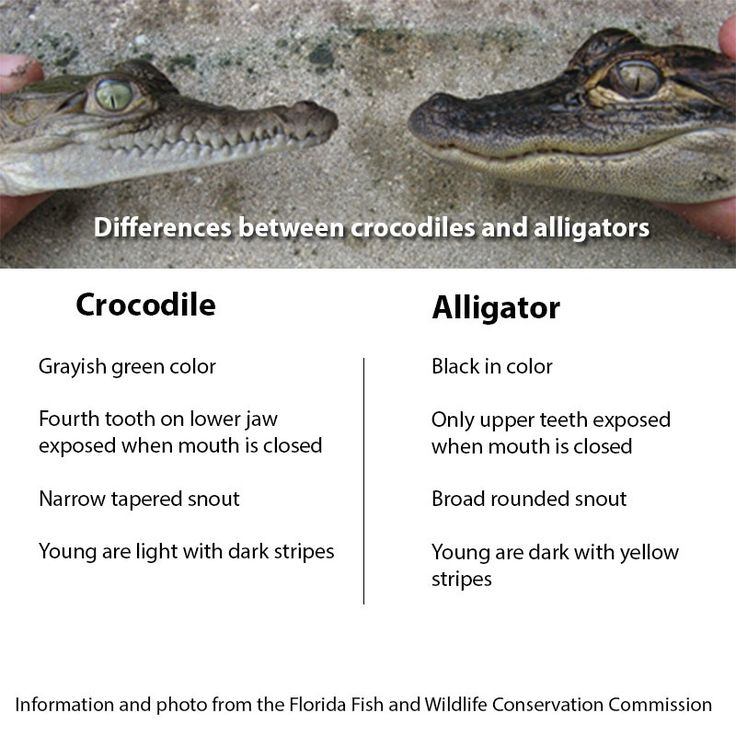 The Mississippi alligator is perhaps the most studied reptile in the world. Detailed texts on its biology have been written by many famous scientists since the eighteenth century. His anatomy, physiology, population demography and, of course, behavior are the subject of more than a thousand scientific articles. "Dancing" is very easy to see: any Miami resident can get to the Snake Trail in less than two hours. But no one has ever noticed that alligators dance at night. How is this possible? nine0003
The Mississippi alligator is perhaps the most studied reptile in the world. Detailed texts on its biology have been written by many famous scientists since the eighteenth century. His anatomy, physiology, population demography and, of course, behavior are the subject of more than a thousand scientific articles. "Dancing" is very easy to see: any Miami resident can get to the Snake Trail in less than two hours. But no one has ever noticed that alligators dance at night. How is this possible? nine0003
I finally understood why I was so lucky. "Dancing" is almost impossible to observe in captivity. Alligators living in zoos and farms are kept together all year round and know each other very well, so there is no need for them to get to know each other and sort things out. And if someone did see how they swim in circles and splash, then they hardly understood what was happening ...
***
The alligators themselves were serious about night gatherings. I realized how serious it was by watching a large female living in a small backwater in the Loxahatchee Game Reserve.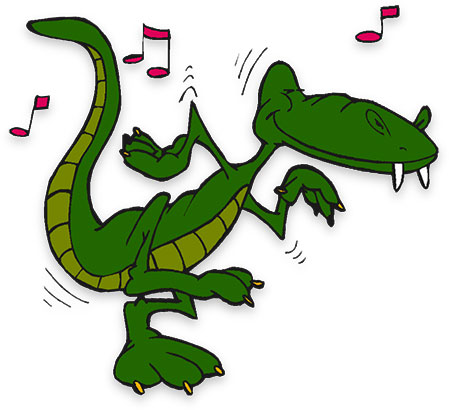 She had a litter of twelve cubs. Small alligators are very nimble and smart, but practically defenseless and need to be protected by their mother. However, the female had other priorities. Every night she left the kids and swam to a large canal three kilometers from her backwater, where the "dancing" took place. She returned late in the morning. Within three weeks, half of the babies had disappeared. One was caught by a heron in my presence, the others, perhaps, were devoured by raccoons or eagles. nine0011
She had a litter of twelve cubs. Small alligators are very nimble and smart, but practically defenseless and need to be protected by their mother. However, the female had other priorities. Every night she left the kids and swam to a large canal three kilometers from her backwater, where the "dancing" took place. She returned late in the morning. Within three weeks, half of the babies had disappeared. One was caught by a heron in my presence, the others, perhaps, were devoured by raccoons or eagles. nine0011
These reptiles can travel many kilometers on foot and often hunt out of the water
It was very difficult to understand in detail what exactly happens during the “dances”. In a bunch, I almost never managed to recognize individual alligators. I could not even distinguish males from females if they were less than two and a half meters in length (only males grow larger), did not mate in my presence or did not roar in the morning. During the morning chorus, sex determination is easy: females do not intersperse roars with infrasound.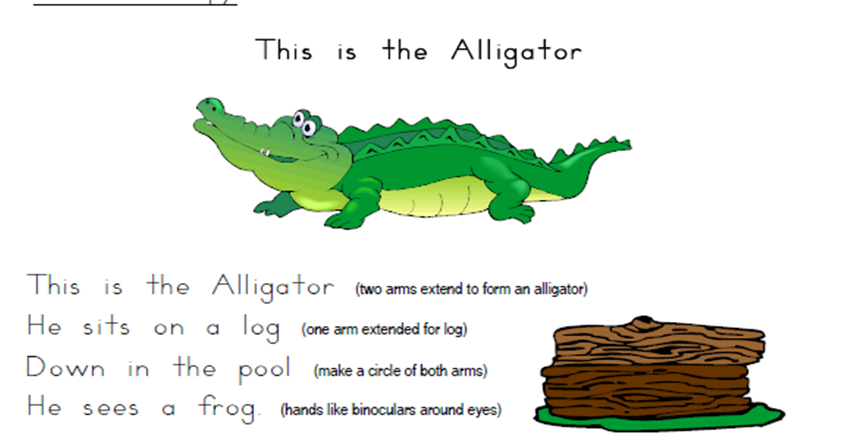 nine0003
nine0003
Another difficulty was that almost nothing was known about the personal life of alligators in nature. Previously, it was believed that they are completely immoral creatures and make love to anyone. A few years before my discovery, the results of a genetic study were published showing that, despite polygamy, alligators have favorite partners whom they prefer to meet year after year. But that only made things more confusing.
Nobody even knew if males had individual territories. Often the large male allows the smaller ones to dance, roar and court the females at tail length. Nevertheless, almost every night I saw violent fights that started for no apparent reason. One young male lost half of his lower jaw in a fight and died a week later. Many were missing a front leg, although the hind legs were intact in all. Apparently, those who lost their hind legs did not survive, because during swimming, alligators steer with their hind legs (thrust is created by a powerful tail, in which more than half of the muscle mass is concentrated). nine0003
nine0003
Courtship and mating could take place not only during the “dances”, but simply at night, and sometimes in the morning. When I finally started to recognize some alligators “by sight”, I found out that both the male and the female could start courtship. Often one, two or three males followed the female for a long time. In most cases, sooner or later she drove them away with a hiss, a growl, or a snap of her jaws. But sometimes one of the males persisted, swimming side by side or behind her until they began to describe circles, and touching her with his nose or chin. Alligators have musk glands located under the lower jaw, and there is a theory that by touching each other with their chins, they allow the partner to better smell the musk. But it seems to me that these light touches have another meaning - perhaps the chin is an erogenous zone. Recent studies have shown that the massive jaws of alligators are more sensitive to touch than human fingers (this, by the way, explains how huge mothers manage to carry tiny freshly hatched cubs from the nest into the water in their teeth without damaging them). nine0011
nine0011
The Nile crocodile opened its mouth to cool off. At the same time, small birds will “clean” his teeth
If females started courtship, they behaved more straightforwardly. When a particularly large, strong male roared, his roar sometimes had a magical effect on the surrounding females: they rushed to him and laid their chins on his back. In such cases, it came to sex after just a couple of minutes of touching their noses, although sometimes the macho male simply ignored the harassment of females. nine0003
AUTHOR
Vladimir Dinets
Born in 1969 in Moscow.
Graduated from the Faculty of Cybernetics of MIREA.
Doctor of Biological Sciences, Professor at the University of Tennessee (USA), author of books on nature and travel, co-author of several volumes of the Encyclopedia of Russian Nature.
Dragonsong was published in October by Corpus.
INTERVIEW
Biodiversity and loneliness
Vladimir Dinets talks about the theft of territories, fear and peace
You are a biologist or a traveler - what is closer and more primary?
I do not separate one from the other: biology has attracted me since childhood, as well as travel. In biology, the most interesting thing for me is the rare, little-studied living creatures of remote corners, and in travels - nature. And then a traveler is not a job.
In biology, the most interesting thing for me is the rare, little-studied living creatures of remote corners, and in travels - nature. And then a traveler is not a job.
In the book you describe how long you worked with wild representatives of the crocodile family, how you fought off a tigress with a branch, how you got in the way of an attacking elephant. Pretty scary situations…
You can be afraid of animals in my specialty, you have to keep a reasonable distance, but you can’t be afraid in any case, otherwise you won’t live long. And it’s usually scary not for yourself, but for your companions - this is one of the reasons why I try to go to dangerous places alone.
You travel to exotic places. Where is more interesting?
Favorite travel destinations are tropical, where biodiversity is higher, such as Madagascar and Peru. I also like places where there are very few people: Namibia, Australia, Antarctica. I would really like to live there, but for purely practical reasons, I still have to live in the USA. It is very convenient here, and the nature is wonderful, especially in the west and south. nine0003
It is very convenient here, and the nature is wonderful, especially in the west and south. nine0003
Apparently densely populated areas are not your thing?
Yes, my least favorite place is to visit overpopulated countries, like many of the Middle East, and where the population is too obsessed with stupid things like religion and stealing territory from neighbors, the authorities use this to slowly turn people into cattle.
***
I didn't expect the behavior of alligators to be so complicated. It was known that crocodilians belong to a very "advanced" group of animals; they are closer to birds than to other living reptiles. Fossils and some details of physiology (for example, a four-chambered heart) suggest that crocodilians evolved from bipedal warm-blooded ancestors. People who kept crocodiles at home from the moment they hatched managed to teach them all sorts of tricks, and some were so tamed that the crocodiles then lived side by side with the children and then the grandchildren of the owners for decades and never harmed anyone.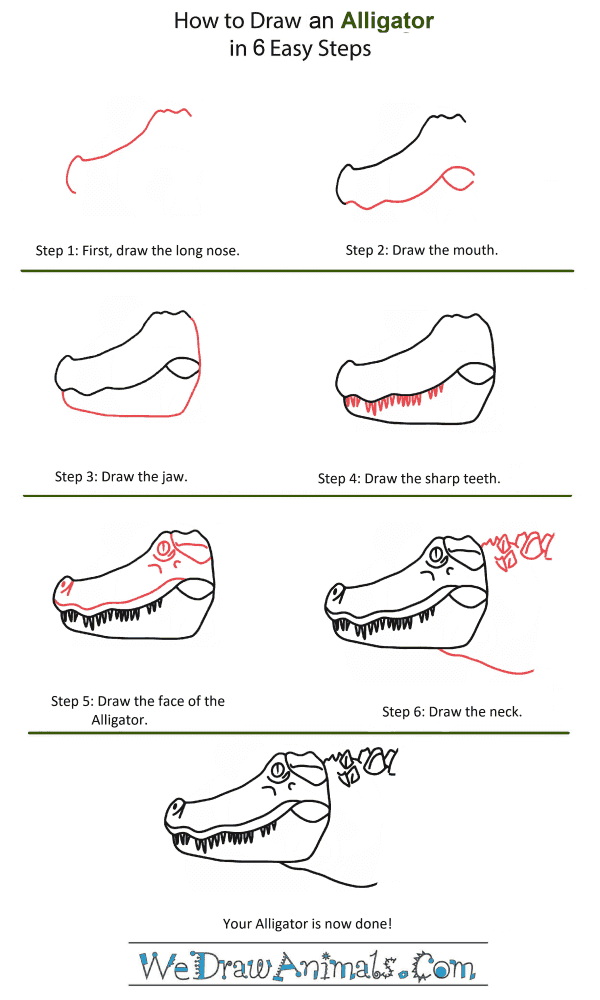 And yet I have never heard crocodiles called smart. Isn't it true? nine0003
And yet I have never heard crocodiles called smart. Isn't it true? nine0003
Photo: Alamy / Legion-Media, Nature Pl / Legion-Media, Minden Pictures / Fotodom.Ru, Vladimir Dinets, iStock, Nature Pl / Legion-Media, REX / Fotodom.Ru
Material published in the journal "Around the World" No. 11, November 2015
Vladimir Dinets
Traditional dances of the Iroquois (part 1)
Dances of the Iroquois tribe
Traditional dances of the Iroquois are one of the richest types of dances of the American Indians folklore and traditions that have survived to this day. Many of the tribal dance steps have been passed down from parents to children for generations, allowing the Iroquois, even into the 21st century, to enjoy a unique fusion of cultural dance and family tradition mixed with contemporary artistic productions. nine0003
Iroquois Dances
Traditional Iroquois Social Dances
The culture of the Iroquois tribes, which are made up of many different tribes and peoples, has several traditional social dances. For centuries, tribes have come together in communal spaces to dance, sing and enjoy each other's company. Many of the social dances are performed during the "Earth Song" of the Iroquois.
For centuries, tribes have come together in communal spaces to dance, sing and enjoy each other's company. Many of the social dances are performed during the "Earth Song" of the Iroquois.
Iroquois Dances
Songs of the Earth
Iroquois social dances are social gatherings during which Indians perform traditional dances and sing songs about the earth. The songs may vary, but all dances are performed in a counter-clockwise direction. Almost every dance is accompanied by an accompanist who tells historical legends in the native language of the tribe.
Iroquois Dances
The Earth Song uses traditional instruments such as water drums and horn rattles. However, the rhythm and tempo of the music is largely dependent on how the dancers stomp their feet in unison on the floor or on the ground. This stomping of feet can be divided into three categories:
Regular stomp - dancers stomp their feet in turn, starting with the right foot.

 There is no stopping a father of the bride or groom and his friends from creating a spectacle that puts smiles on the crowd.
There is no stopping a father of the bride or groom and his friends from creating a spectacle that puts smiles on the crowd. "
" 









